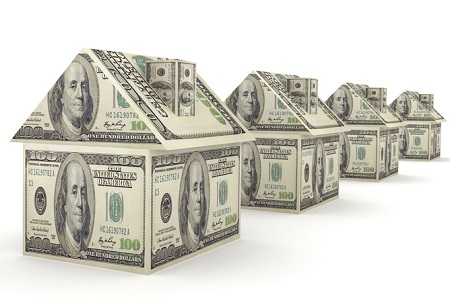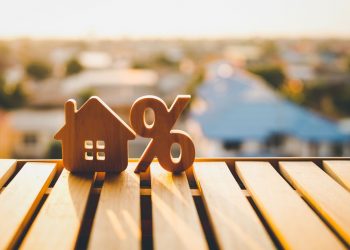Home prices in the U.S. have fully recovered from the recession, remaining on a pick-up with a 5.5 percent annual gain in September, according to data from the S&P CoreLogic Case-Shiller Indices, and advancing from the 5.1 percent seen in August.
The 10-City Composite in the S&P CoreLogic Case-Shiller U.S. National Home Price NSA Index reported a 4.3 percent annual increase in September, up from 4.2 percent the previous month, and the 20-City Composite reported a 5.1 percent annual increase, unchanged from the previous month. Denver, Portland and Seattle once again reported the highest year-over-year gains among the 20 cities in September, with Seattle at 11.0 percent, Portland at 10.9 percent and Denver at 8.7 percent.
Month-over-month, the Index reported a 0.4 percent increase, with both the 10-City and 20-City Composites reporting a 0.1 percent increase.
“The new peak set by the S&P Case-Shiller CoreLogic National Index will be seen as marking a shift from the housing recovery to the hoped-for start of a new advance” says David M. Blitzer, managing director and chairman of the Index Committee at S&P Dow Jones Indices. “While seven of the 20 cities previously reached new post-recession peaks, those that experienced the biggest booms—Miami, Tampa, Phoenix and Las Vegas—remain well below their all-time highs.
“Other housing indicators are also giving positive signals: sales of existing and new homes are rising and housing starts at an annual rate of 1.3 million units are at a post-recession peak,” Blizter says. “From 1975 (the earliest date for the S&P Case-Shiller CoreLogic National Index) to this report, home prices rose at an annual rate of 4.9 percent before adjusting for inflation. The real or inflation adjusted pace was 1.1 percent per year. Real disposable personal income per capita—income after inflation and taxes on a per-person basis—rose 1.9 percent, outpacing home prices over the entire period. The stock market did better at 4.4 percent per year. We are currently experiencing the best real estate returns since the bottom in July of 2012, when prices rose at a 5.9 percent real annual rate. Given history, this trend is unlikely to be sustained.”
“With home prices growing to record highs, it’s important to remember this isn’t driven by speculation or easy credit like a decade ago,” says Bill Banfield, vice president of Quicken Loans. “It is led mostly by constrained home availability as buyers continue to battle over the few homes for sale, especially in the West. We may see a retreat in home prices when supply opens up, increasing choice for buyers and the health of the housing market.”
For more information, please visit www.homeprice.spdji.com.
For the latest real estate news and trends, bookmark RISMedia.com.











